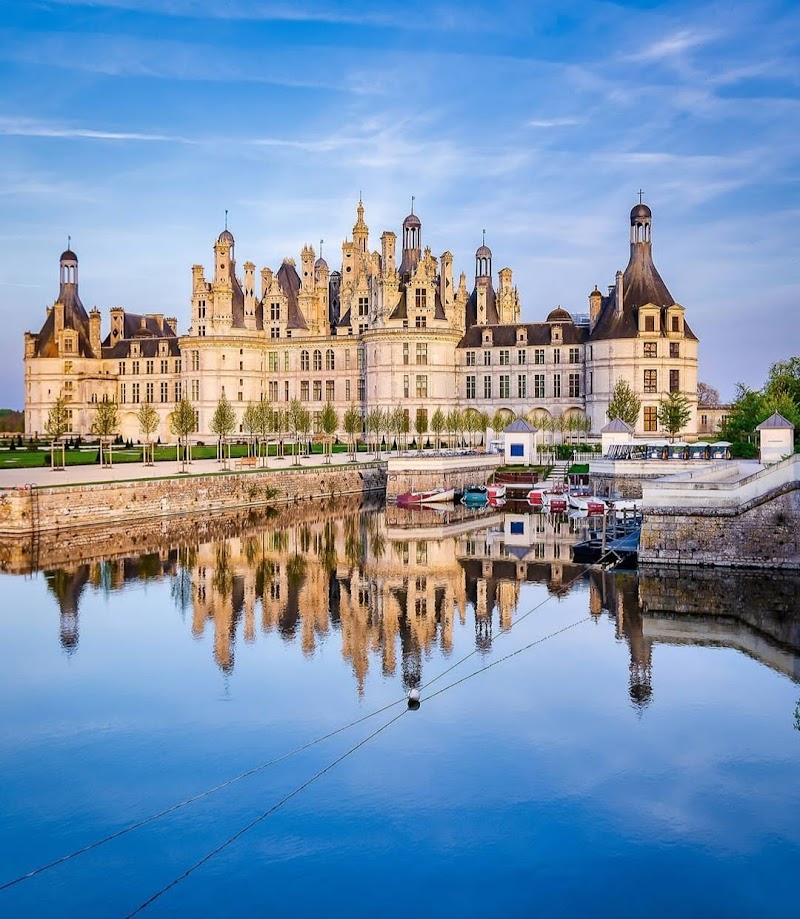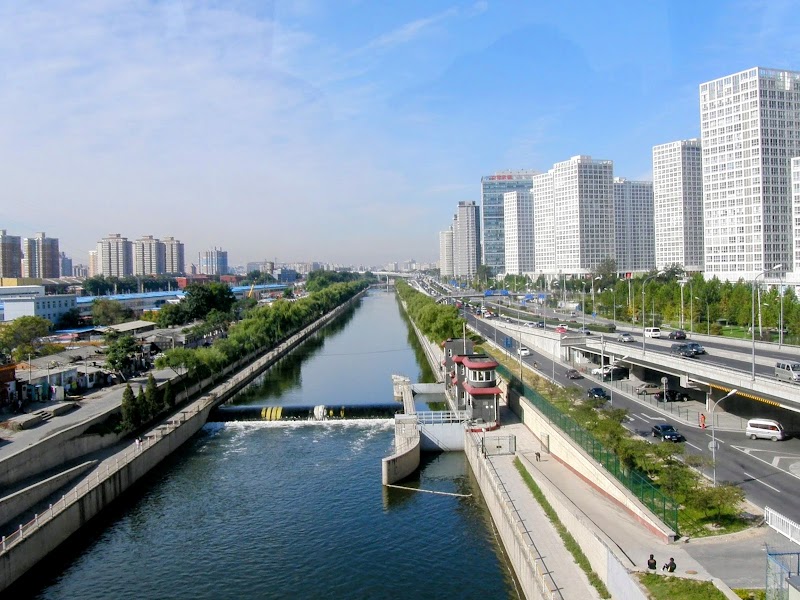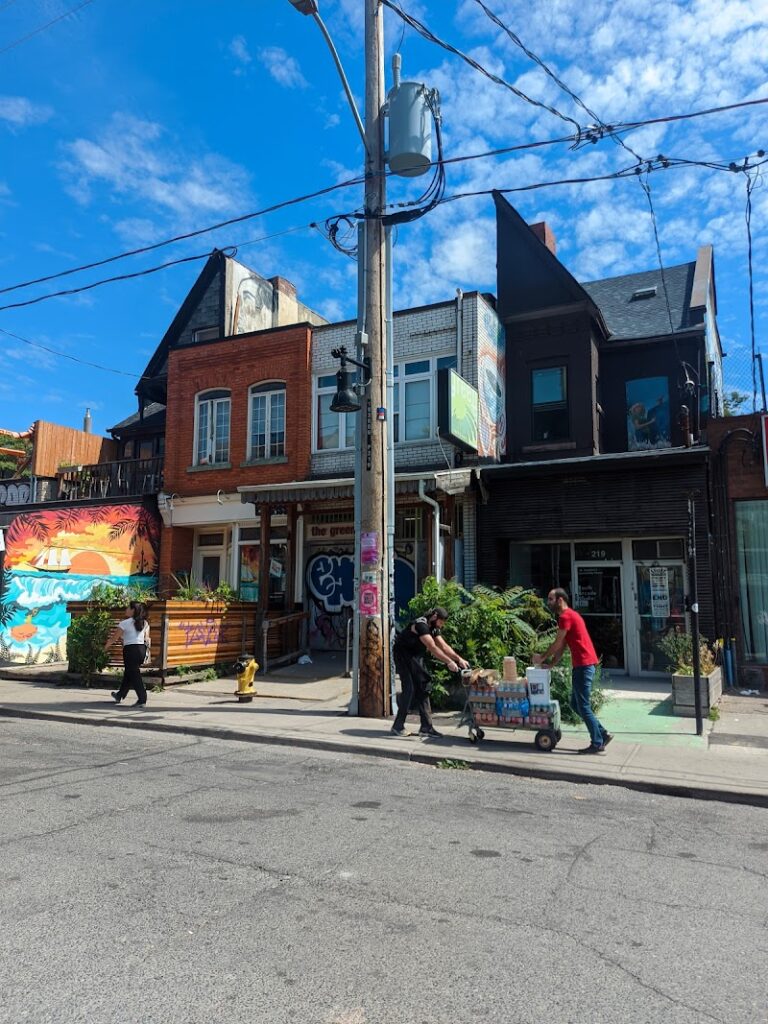Discover the Majestic Castle Route of France
Did you know that France boasts over 40,000 châteaux, many of which are located along the enchanting Castle Route? From the grandeur of the Château de Chambord to the romantic charm of the Château de Chenonceau and the fairy-tale allure of the Château de Chantilly, the Castle Route is an enchanting journey through the heart of France that takes you back in time.
Planning such a captivating journey can be made easier with the help of a comprehensive tourist map that acts as your personal guide. This indispensable tool will help you craft an itinerary that not only covers the main attractions but also introduces you to hidden gems along the way.
Booking.comExploring the Unseen on the Castle Route, France
Embarking on the Castle Route in France is like stepping into a fairytale. Each château beckons with its own unique charm, history, and grandeur. While the popular castles like Château de Chambord, Château de Chenonceau, and Château de Chantilly are inescapable, there are countless unexplored treasures hidden in the heart of France that promise an equally enthralling experience.
The Unseen Gems of the Castle Route
As you wander through the picturesque landscapes of the Castle Route, don't forget to explore the lesser-known castles. These unseen gems, often missed by tourists, offer a more intimate and authentic experience. Let's dive into the fascinating world of these hidden castles.
Château de Villandry
Château de Villandry, known for its stunning gardens, is a sight to behold. This Renaissance castle's most striking feature is its beautifully manicured gardens, divided into four unique areas - the ornamental garden, the water garden, the kitchen garden, and the sun garden. The intricate designs and symmetrical patterns of the gardens are a testament to the high aesthetic standards of the Renaissance era.
Château de Brissac
Residing in the scenic Loire Valley, Château de Brissac is the tallest castle in France. Boasting seven storeys, this castle presents a breathtaking panorama of the surrounding vineyards and the River Aubance. Known as the "Giant of the Loire Valley," the castle's charm lies in its beautifully decorated rooms, stunning tapestries, and the secret passages that whisper tales of the past.
Château de Pierrefonds
The majestic Château de Pierrefonds, nestled in the forest of Compiègne, is an architectural marvel that transports you to the Middle Ages. This fortified castle is a perfect example of the defensive architecture of the 14th century, featuring drawbridges, watchtowers, and an imposing keep. The castle became even more famous after being the filming location for the BBC series 'Merlin'.
Experiencing the Castle Route through Different Lenses
The Castle Route is not just about exploring castles; it's about immersing yourself in the history, culture, and natural beauty of France. Every castle on the route tells a tale of the past, offers a slice of French culture, and showcases stunning landscapes that will leave you spellbound.
History Unveiled
Each castle on the Castle Route is a living museum, showcasing the architectural styles and historical narratives of different eras. From the medieval fortresses to the Renaissance châteaux, these castles reveal the rich tapestry of France's history. A visit to these castles is like flipping through the pages of a history book, where every stone has a story to tell.
Cultural Immersion
The Castle Route is also a journey through the culture and traditions of France. From the grandeur of royal festivities to the simplicity of village life, these castles offer insights into the French way of life. Whether it's the tapestries depicting historical events or the gardens designed as per Renaissance aesthetics, you get a taste of French culture at every turn.
Natural Splendour
The Castle Route is not just about man-made wonders; it's also about the natural beauty that surrounds these castles. Nestled amidst vineyards, forests, and rivers, these castles offer stunning views that add to the charm of the Castle Route. The picturesque landscapes, combined with the elegance of the castles, create a postcard-perfect view that stays with you long after your trip ends.
Planning a trip to the Castle Route can be overwhelming, given the sheer number of castles and the distances between them. To make your planning easier, consider using a tourist map of France that highlights the castles and provides a clear route. With the right planning, your Castle Route journey will be a memorable chapter in your travel story.

Practical Information for the Castle Route, France
Transportation and Mobility
When traversing the Castle Route, you'll find that France's efficient transportation system offers various convenient options. The French rail network, in particular, is well-connected, making it possible to reach most of the castles by train. For a more flexible itinerary, consider renting a car, as it allows greater freedom to explore off-the-beaten-track castles. Bicycles are also popular, especially in the Loire Valley, where well-marked cycling routes lead to several castles.
Schedules and Prices
Each castle along the route has its own operating hours and admission fees. Most castles are open from 9:00 AM to 5:00 PM, with extended hours in the summer. Prices range from €10 to €15 for adults, with discounts often available for students, seniors, and children. Some castles, like the Château de Chambord, offer additional tours or experiences at a higher price. Always check the official websites for the most accurate and updated information.
Safety Tips
France is generally a safe country for travelers, but it's still essential to take common precautions. Keep your valuables secure, especially in crowded areas. If you choose to rent a car, ensure it's locked, and never leave belongings visible inside. For cyclists, remember to wear a helmet and use bike lanes whenever possible. When exploring the castles, always follow the designated paths and respect safety barriers.
Practical Recommendations
The Castle Route is stunning all year round, but the best times to visit are the spring and early fall, when the weather is pleasant and the crowds are thinner. Remember to wear comfortable footwear for the castle tours, as you'll be doing a lot of walking. Lastly, be sure to carry a water bottle and some snacks, as facilities can be sparse in some more remote castle locations.

Frequently Asked Questions about Castle Route, France
1. What is the best time of year to visit the Castle Route in France?
While the Castle Route is a delight to explore year-round, the best time to visit is arguably in the spring (April to June) or fall (September to October). These seasons offer the perfect balance of pleasant weather, less crowded attractions, and the added beauty of blossoming gardens or autumnal hues.
2. Can I explore the Castle Route in France with a bicycle?
Indeed, you can. Many travelers choose to embark on a cycling tour of the Castle Route. It's an eco-friendly and intimate way of experiencing the scenic landscapes and majestic châteaux. Just ensure you're physically prepared for the journey, as some routes can be quite challenging.
3. Is it possible to stay overnight in any of the castles along the Castle Route?
Yes, some of the châteaux along the Castle Route offer accommodations. Staying overnight in a château provides a unique opportunity to immerse yourself in the grandeur of French history. However, availability and prices vary, so it's advisable to plan and book in advance.
4. Are there any food and wine experiences along the Castle Route?
Definitely! The Castle Route is not only about history and architecture, but also about indulging in the rich French gastronomy and world-renowned wines. Many castles are situated near vineyards and offer wine tastings, while others have on-site restaurants serving exquisite local cuisine.
5. Are the castles on the Castle Route accessible for people with mobility issues?
Accessibility varies from castle to castle. Some châteaux have made significant efforts to provide access for people with mobility issues, including installing lifts and ramps. However, due to the historical nature of these buildings, not all areas may be accessible. It's recommended to check the specific accessibility information for each castle before your visit.
6. What local customs or etiquette should I be aware of when visiting the castles?
When visiting the châteaux, it's important to remember that these are often historical and cultural treasures. Respect the rules, such as not touching the artifacts and maintaining a quiet demeanor. Dressing respectfully is also appreciated. Remember, you're not just a tourist, but a guest in these magnificent pieces of French heritage.








